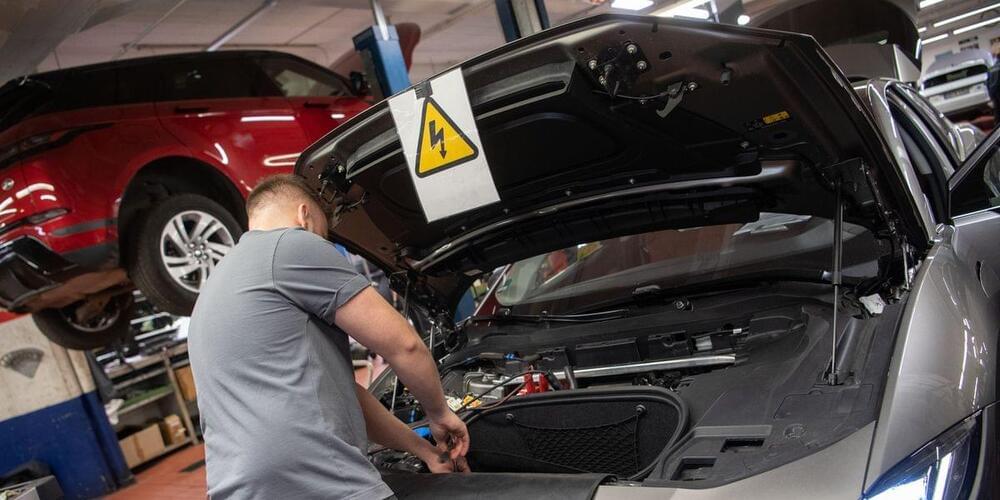
But in the past few years, a climate change hero technology has made its way into electric vehicles, one that has improved—but not solved—their cold weather issues: heat pumps. Heat pumps transfer heat from outside the car to help keep passengers warm, and so avoid sucking too much power away from the battery. And yes, heat pumps can still bring warm air into the car even if it’s freezing outside, albeit with mixed success. As counterintuitive as it sounds, there is still a good amount of heat that can be drawn from air that’s, say, 10 degrees Fahrenheit.
Today, heat pumps come in many, but not all, new electric vehicles. Teslas have come with a proprietary heat pump tech since 2021. Jaguar’s I-Pace has one built in, as does BMW’s latest i-series cars, Hyundai’s Ioniq 5, Audi’s newest e-Tron, and Kia’s new electrified flagship, the EV9.
“Any electric vehicle that comes out right now and doesn’t have a heat pump is a dinosaur already,” says John Kelly, an automotive technology professor and instructor focusing on hybrid and electric vehicle technology at Weber State University.


















